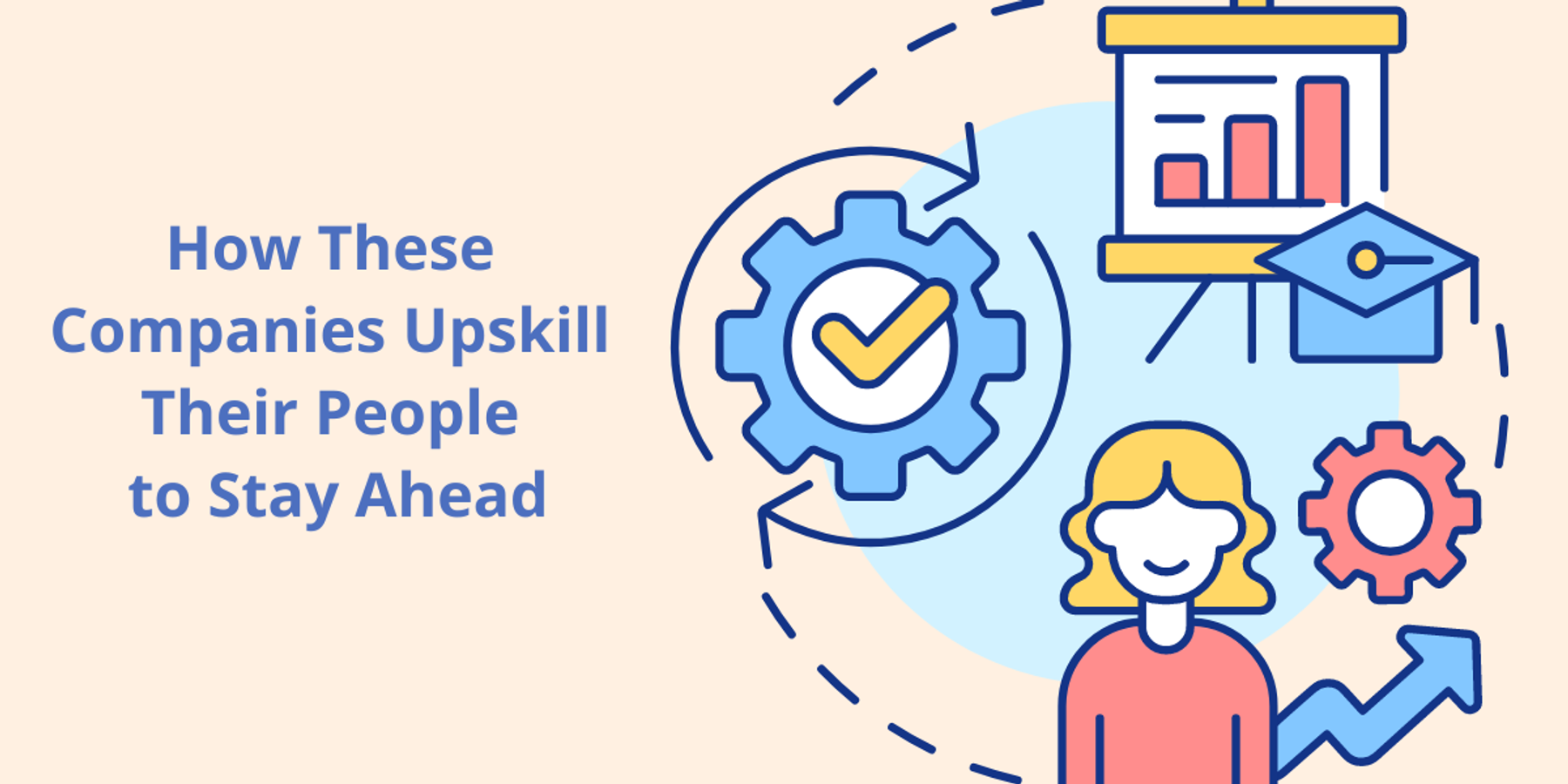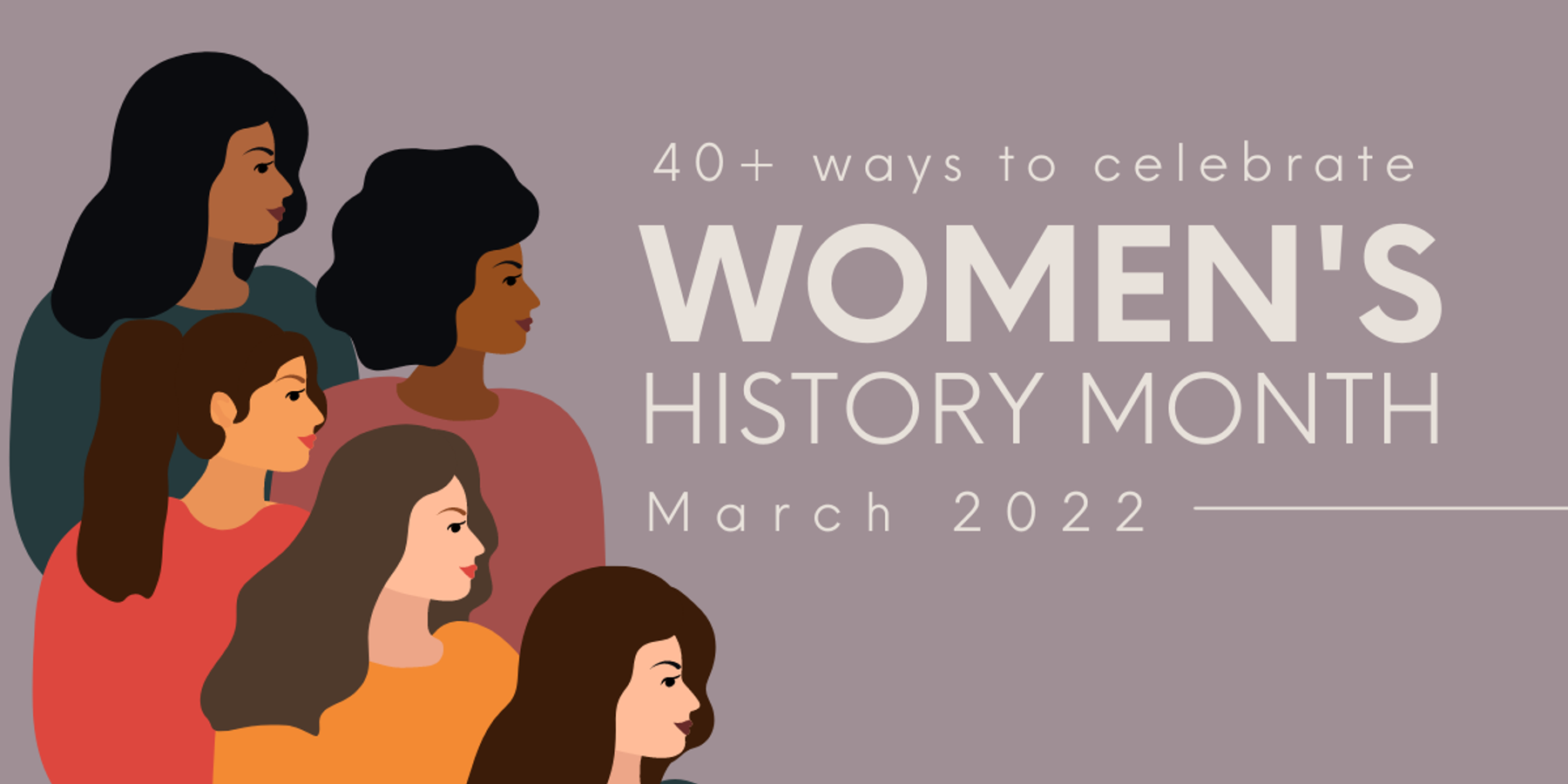Below is an article originally written by Leah Sutton, a member of the Elastic team, a PowerToFly Partner. Go to Elastic's page on PowerToFly to see their open positions and learn more.
Back in April, I posted a blog that outlined our efforts to ensure we have a meaningful approach to pay equity at Elastic. We enlisted the help of Economists Incorporated (EI), an external consulting firm, to run our first pay equity analysis. In that study, we found that female employees at Elastic in the US earned on average 99.6 cents per dollar in the same job level, department, and experience level as their male colleagues, and that globally women earned 99.8 cents per dollar compared to men in the same position and with similar experience. All in all, a great outcome. But one that only tells part of our story.
While the pay gap was negligible with regards to gender, we felt there was an opportunity to dive deeper in future cycles and look at additional factors, namely age and ethnicity. We also wanted to expand beyond cash compensation and include our equity awards to get a full picture.
Fast forward six months. We just closed our mid-year compensation cycle and started the process again with EI. And again, I'm pleased to share that on the equity side, our results were very positive. On average, women received slightly higher equity awards than comparable men, though the results are not statistically significant. When equity was added to cash compensation in the pay study, the results were still consistent with gender neutral pay at Elastic.
On the pay side, we discovered a handful of places where pay discrepancies were notable and required a bit of deeper research. Fortunately, when we dug deeper with the leaders, we found that all but two of the discrepancies were explainable (new in role or newly promoted). For the others, corrections were made to ensure alignment with male peers. Additionally, we added age into our analysis. Given the well-reported issues with ageism in the tech industry, we felt this was an important prism to explore in terms of our pay practices and were pleased that we found equitable practices from a pay perspective.
So where do we go from here? In our next full compensation cycle in April, we'll include Equal Employment Opportunity (EEO) data — i.e., ethnicity — for our US-based employees. While we don't have this data globally, the US represents nearly 60% of our workforce, and understand that historically, pay inequity is often magnified by race in the US.
We're proud that out of the gate our dive into equal pay analysis has been incredibly positive. Though we're a young company, we decided early that deeply understanding our pay practices and their impact across gender, age (and soon, ethnicity) was critical to building an equitable workplace.




